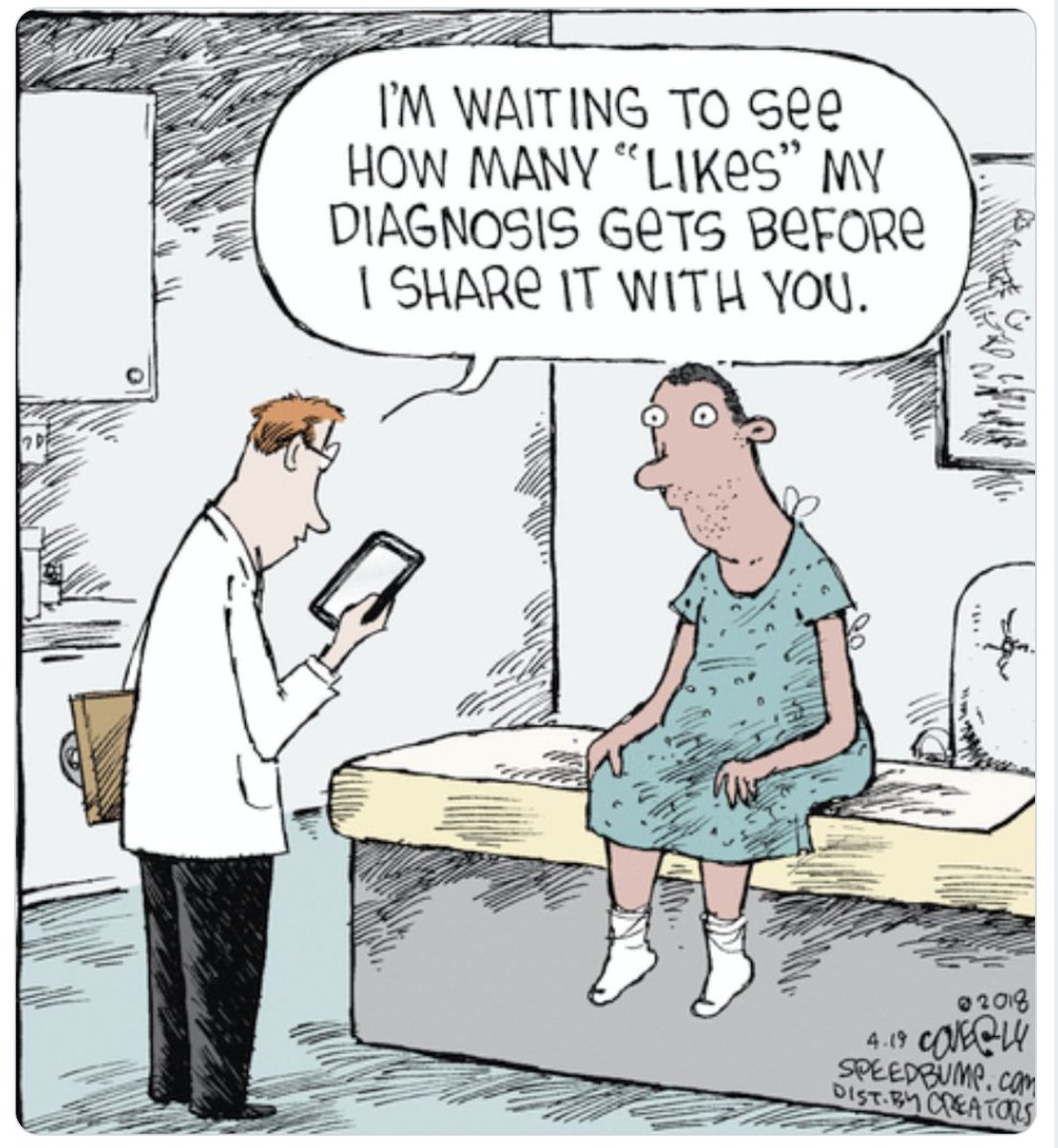"a Nautiber anda há 30 anos a construir e restaurar embarcações à medida da vontade do cliente. Os Alfaiates dos barcos, como são conhecidos, sedeados em Vila Real de Santo António, são especialistas na construção de pequenos navios (entre os 9 e os 30m fora a fora, ou de comprimento, para os leigos) em fibra de vidro e praticamente não fabricam dois espécimes iguais a não ser encomendas em série para o mesmo cliente. Nos últimos anos, 90% dos que saem dos seus estaleiros para o mercado da atividade marítimo-turística têm sido construídos com o apoio de fundos europeus, como os subjacentes ao Programa Operacional CRESC ALGARVE 2020."Cerca de 90% das embarcações que construímos para o mercado nacional têm por trás produtos financeiros de subvenções nos diferentes quadros comunitários", revelou Rui Roque, engenheiro naval e CEO da Nautiber, em entrevista..."Para nós isso é fundamental", continuou Rui Roque, referindo-se a esse financiamento precioso. "Sem essa alavancagem seria muito dificil nós mantermo-nos no mercado e mantermos a nossa atividade ou, pelo menos, crescermos da maneira como crescemos.""
Demasiadas vezes sinto que os apoios europeus são usados para compensar custos ... como não recordar o trabalho de Spender nos anos 80 do século passado.
O negócio desta empresa não é o preço mais baixo, é a customização. Por isso, são conhecidos como os "Alfaiates dos barcos". Desconfio que a empresa não consegue passar um preço que traduza o valor criado para os clientes. Ou o valor criado para os clientes não é relevante (baixa originação de valor), ou é, mas a empresa não consegue capturar esse valor (captura de valor) - recordar a pirâmide de Larreche:
Os apoios neste caso, especulo, não deviam ir para as encomendas de produtos concretos, mas para o desenvolvimento da função comercial. A empresa devia transferir o seu mercado para clientes que realmente valorizam o valor da customização, e devia aprender a vender esse valor com outros argumentos para lá do preço."Sem essa alavancagem seria muito dificil nós mantermo-nos no mercado e mantermos a nossa atividade"


















